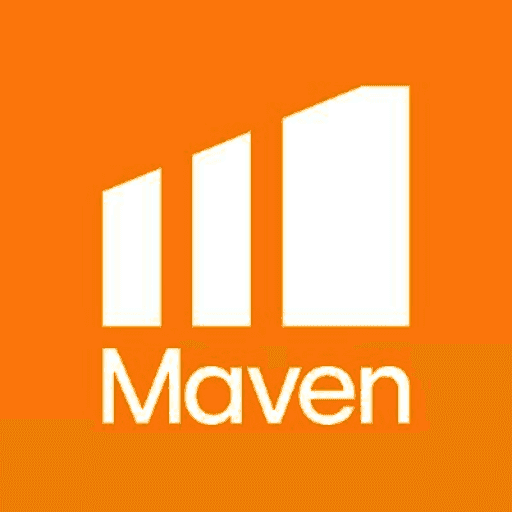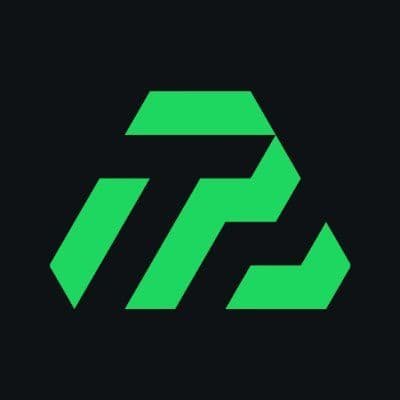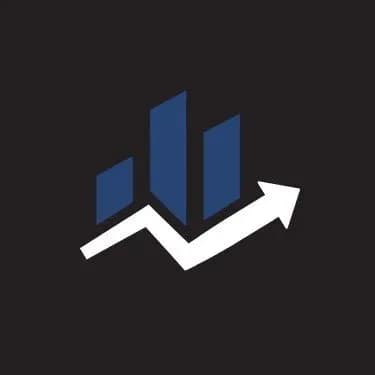How Prop Trading Differs from Other Trading Models
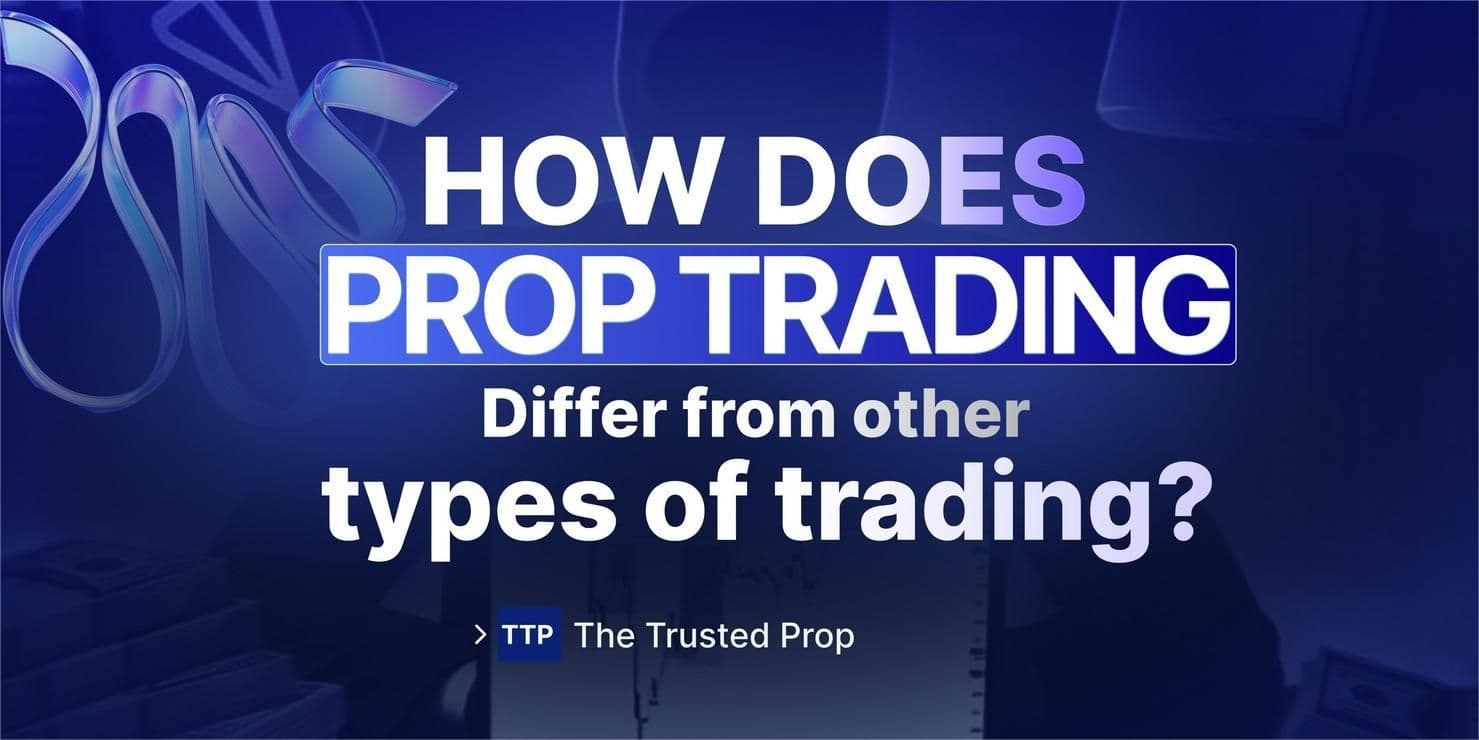
How Prop Trading Differs from Other Trading Models
6/13/2025
These days, trading isn’t just for suit-and-tie types yelling into phones on a trading floor. Things have changed big time. Everything is now different. Solo traders now earn from home, with algorithmic bots making rapid decisions and prop traders working on firm capital.
But with so many styles out there, it’s easy to wonder: What exactly makes prop trading stand out for?
We are here to assist you with that question. In this article, we will explain what proprietary trading is and how it differs from other types of trading.
If you are just starting your trading journey, or if you are further along, attempting to decide which path fits your trading style better.
Let’s explore how prop trading fits into the bigger picture and why it might be the route you’ve been looking for.
What Does Prop Trading Really Mean?
Prop trading, short for proprietary trading, is when a firm uses its own money to trade in the financial markets. Unlike regular brokers or asset managers who handle client funds, prop firms trade for themselves to make direct profits.
These firms aren’t just guessing either. They usually have strong strategies, fast tech, and skilled traders who they believe can beat the market or at least do better than average investors.
They might trade anything from stocks and currencies to gold and oil, depending on where they see opportunity.
In short? Prop trading is like the firm saying, “We trust our own edge let’s put our money where our mouth is.”
How Prop Trading Compares to Other Trading Styles
The trading world isn’t just one straight road it is more like a whole map filled with different paths. Some folks trade from their bedrooms with a laptop and a dream. Others sit at massive desks with six screens and billions under management. And then there’s everything in between.
If you’re looking into prop trading and wondering how it stacks up against other ways people trade, this is for you.
Let’s break it down simply and see where prop trading fits in:
1. Retail Trading vs. Prop Trading
Retail trading is where most individual traders begin to start their journey. These are independent traders using their personal capital, typically accessing the markets via online brokers.
Key Characteristics of Retail Trading:
- Self-funded using personal savings
- Complete autonomy over strategies and risk management
- Limited access to premium tools unless paid for separately
- High potential rewards but with high risk
- In contrast, proprietary trading allows traders to operate with a firm’s capital, under
- structured risk management rules, and often within a performance-based profit split model.
Detailed Comparison:
Prop Trading Versus Retail Trading: What Is the Difference?
| Feature | Prop Trading | Retail Trading |
|---|---|---|
| Using whose money? | For Prop Trading, you have a test to pass and then it’s the company money you are trading with. | It’s your capital that is exclusively at risks during retail trading. |
| What is Accessible to You? | First-class resources, high-end tools, possibly even a teaching session. | Tools are limited, given by the broker or paid for. |
| Risk and Reward | The firm absorbs part of the risk. You need to follow certain guidelines, but you profit handsomely. | All profit is yours, but conversely, all loss is also yours. |
| How Are Trades Done? | You can scalp, trade with algorithms, or join the high-frequency trading crowd. | Mainly swing trades, day trading and long term, whatever pace works best for you. |
| Are Allocation Tests Applied Here? | Yes. You must pass a skill test to achieve an evaluation or challenge. | No. You simply need to fund the account and start trading. |
2. What’s the Difference Between Institutional Trading and Prop Trading
What Is Institutional Trading?
Institutional trading refers to the buying and selling activities performed by large organizations such as pension funds, mutual funds, and insurance firms on behalf of their clients or investors.
Such firms manage large quantities of capital, so their trading can affect markets. It’s like massive trading with the support of research groups, algorithms, and long-term strategies.
There is no attempt to make fast profits; instead, they seek to manage money in a highly strategic manner using thorough planning for every step.
Key Characteristics of Institutional Trading:
- Focus on the clients’ needs
- Larger workforce
- Greater operational complexity
- Significant legal and regulatory oversight (SEC, FCA, etc.)
- Operational objectives include hedging, liquidity provision, and managing portfolio balance
Detailed Comparison:
| Feature | Prop Trading | Institutional Trading |
|---|---|---|
| Capital Source | Firm’s internal capital | Client assets or pooled funds |
| Objectives | Pure profit for the firm | Client return, portfolio growth, hedging |
| Structure & Size | Lean teams, often remote | Large desks with departments and middle-office support |
| Compliance Level | Light to moderate regulation depending on location | Heavily regulated and compliance-focused |
| Execution Style | Fast, nimble, often intraday | Process-oriented with slower decision-making |
3. Hedge Funds vs. Prop Trading
A hedge fund is an investment fund, controlled privately which provides high returns with diverse strategies.
They invest differently from traditional mutual funds as their options and strategies are limited to very few regulations. Most of the time they employ short selling and leverage in strategies to provide maximum returns.
Key Characteristics of Hedge Funds:
- Use long or short equity, macro, arbitrage, or event-driven strategies
- Structured for wealth preservation and growth
- Operate on investor mandates and market cycles
In prop firms, traders work to generate firm revenue directly. They receive a percentage of profits, and their account grows based on performance, sometimes as part of a scaling plan.
Detailed Comparison:
| Feature | Prop Trading | Hedge Funds |
|---|---|---|
| Source of Capital | Firm's own capital | Funds from investors |
| Role of Trader | Freelance or employed trader managing firm’s capital | Employee managing fund client’s money with a fund manager |
| Compensation | Profit sharing based on set split ratios of 70/30, 80/20, or 90/10 For each dollar profit made. | Salary and bonus or carried interest |
| Strategy Approach | Aggressive short-term, high-frequency trading | Strategic, diversified long-term approach |
| Regulation | Company-specific, lightly regulated compared to banks | Other jurisdictions, including Australia’s SEC and FCA |
4. Algorithmic & Quantitative Trading vs. Prop Trading
Algorithmic and quantitative trading share a close relationship with each other; however, algorithmic trading is a subset of quantitative trading.
Algo traders make use of complex math approaches like models and statistics to form strategies for buying and selling stocks, while quantitative traders use computer-based systems for automating deals.
Algorithmic trading, or algo trading, is the automation of trade execution through various computer algorithms that implement these quantitative models.
Key Characteristics between them:
- Driven by history, probability, and automated logic
- Requires advanced education in mathematics, programming, and statistics
- Requires, and is often operated by, funds and specialized firms, high-speed infrastructure
- While some prop firms support algorithmic traders, many still cater to manual or
- discretionary traders, leading to greater flexibility with the prop trading model.
Detailed Comparison between Prop and Algorithmic / Quant Trading:
| Feature | Prop Trading | Algorithmic / Quant Trading |
|---|---|---|
| Strategy Methodology | Manual, hybrid, or automated; varies by trader and firm | Fully automated and driven by rules |
| Tech Dependency | Optional; some firms heavily tech-oriented, others accept discretionary traders | Essential; algorithms are central to all activity |
| Skill Requirements | Intuition with the markets, self-discipline, decorative charting | Machine learning, data modeling and coding in python, c++, R. |
| Infrastructure | Offered by the organization which includes brokerage relationships and trading systems | Privately developed systems which include data servers and low latency execution |
| Automation Level | Includes semi-automated systems and trade alert services | No manual intervention; full automation implemented |
Why Prop Trading Might Be the Great Fit for Traders like You
Prop trading stands out because it blends two powerful worlds the tools and speed of big institutions with the freedom and profit potential of trading for yourself.
It gives traders the chance to trade real money, grow with a solid plan, and earn a chunk of the profits, without risking your own savings.
Prop Trading is a great option for traders:
- Traders who have skills but low initial capital
- Self-employed innovators looking for structure, tools, and support
- Goal-oriented investors who can strictly follow company's trading rules.
Do remember that each model comes with its pros and cons, and decide carefully which one to choose. What matters the most is the balance between your skill level, risk appetite, and personal preferences.
Conclusion
It sounds like prop trading could be a good balance for you. You gain access to big trading capital with no personal monetary risk, and still keep the freedom to trade the way you want.
The Trusted Prop makes everything easy for you.
We highlight which firms have the most value to your time, what resources they provide, how much of the profits you can keep, and offer verified discount codes to save you even more.
You may also like
FundedElite Challenge Accounts: Our Honest 2025 Review
.jpeg&w=1920&q=75)
How to Get Started with FTMO: Full Guide for Indian Traders in 2025

My Forex Funds Relaunch 2026: Is It Coming Back Officially?

iFunds Prop Firm Payout Rules, Profit Split & Scaling 2025

How to Pass the FTMO Challenge FAST: Full Guide for Indian Traders
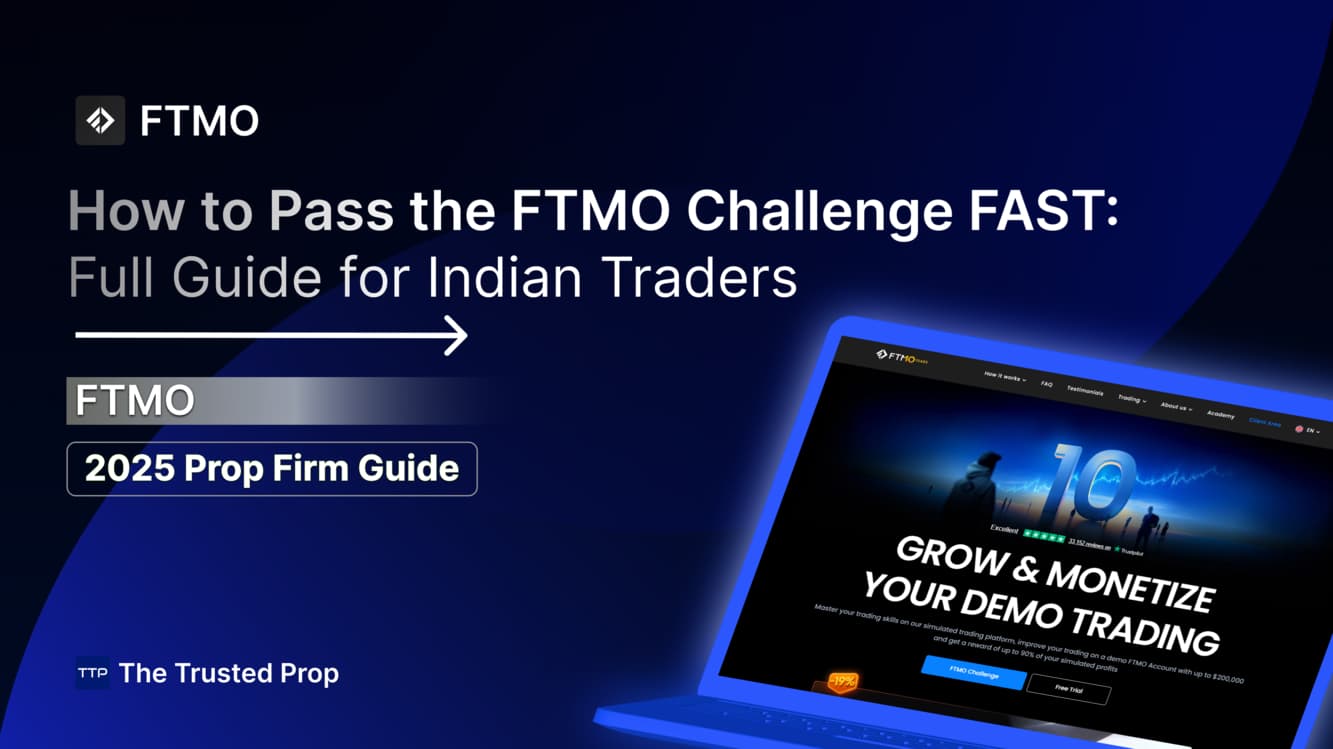
FORFX Payouts, Profit Split & Withdrawal Rules (2025 Guide)

Top Prop Firm Trading Competitions of 2026: Win Free Accounts
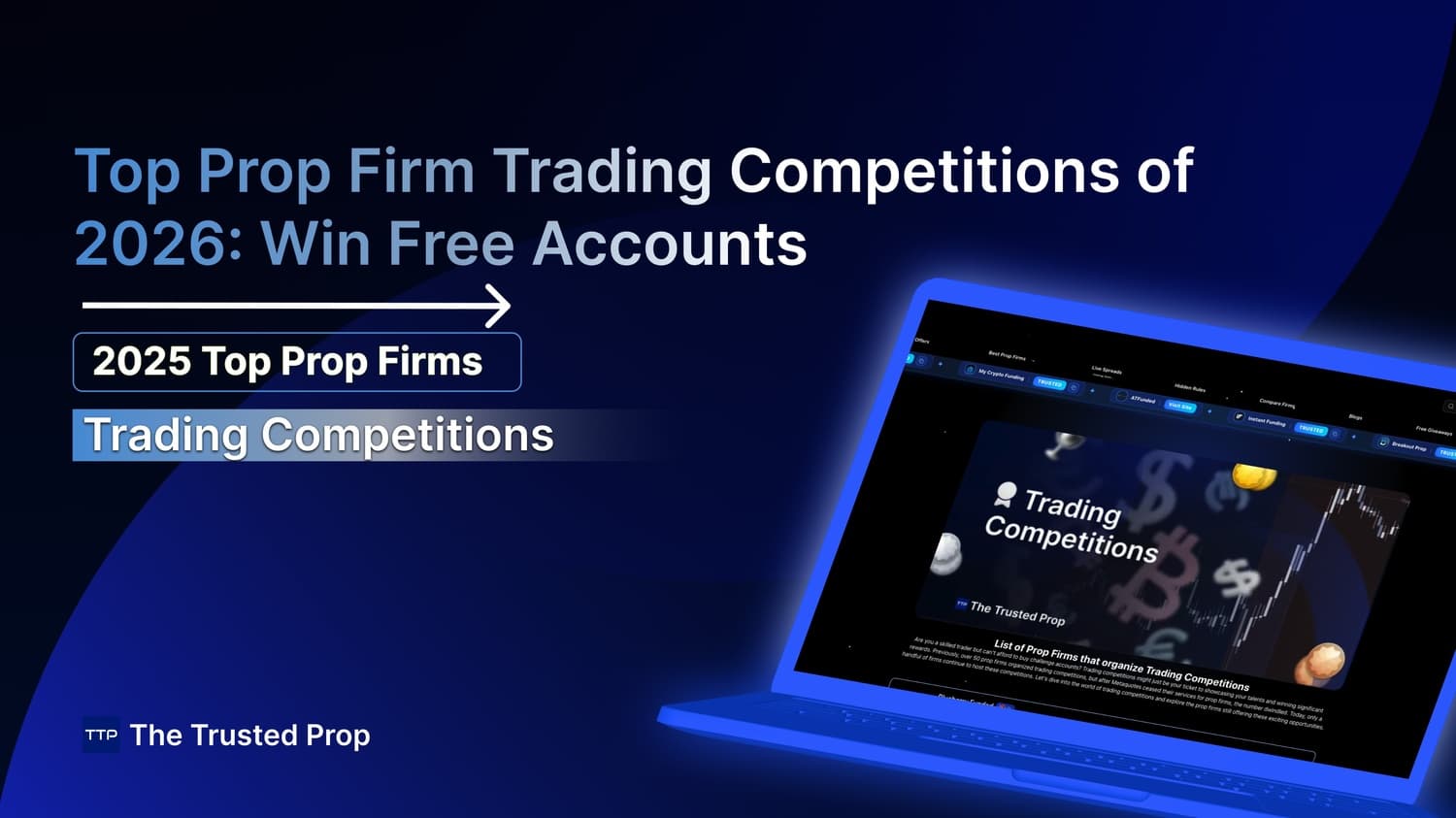
No FAQs are available for this topic yet.

.jpeg&w=3840&q=75)




